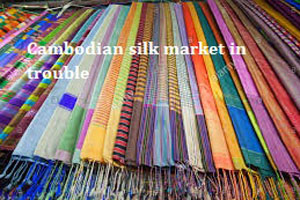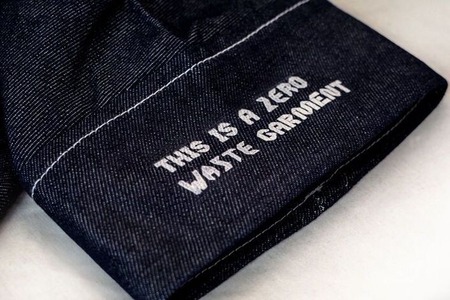
Cambodian silk market in trouble over cheap imported silk, lack of labor
YarnsandFibers News Bureau 2016-08-22 17:00:00 – Phnom PenhCambodian government making efforts to stimulate traditional silk production have had moderate success and steady sales of silk products in the Kingdom. The availability of cheap Vietnamese and Chinese silk and silk-cotton blends are adding extra stress to the further progress and development of the country’s centuries old homespun industry, said Mao Thora, secretary of state for the Ministry of Commerce, and chairman of the Cambodia Silk Sector Development and Promotion Commission.
Cambodia is one of a few places where golden silk is produced through hand weaving and the traditional craftsmanship of women giving rise to high value silk textiles has been declining because some areas in the country, especially in Phnom Srok in Banteay Meanchey province, there is now a lack of labor as the majority of silk producers have migrated to work in neighboring countries.
The market for silk production is not the main issue, but what Cambodia is doing now to strengthen the silk producers is more important.
The commission has been working hard to boost the silk industry by producing documents about silk in Khmer, in order to instruct local silk producers on how best to feed the silk worms, maintain a healthy and productive environment for worms to grow, and to ensure that silk production is of a quality to meet local and export markets.
Men Sinoeun, executive director of the Artisans Association of Cambodia, echoed Mr. Thora’s concerns for the industry. To offset short-term concerns, he said that imports of silk had increased in recent years. While Cambodia is able to produce about two tons of silk a year, current demand in Cambodia is closer to 300 tons.
Mr. Sinoeun said that their association will be affected if there is no local silk to supply the production chain. Therefore, to make production work, they decided to import from foreign countries.
Taing Phireak, a manager of Watthan Artisans Cambodia, which uses silk to make clothing and accessories said that local companies would rather use Cambodian silk but are forced to us Thai and Vietnamese silk as the local price was too high to remain competitive.
Nhem Morokak, undersecretary of state of the Ministry of Women’s Affairs explained that lack of domestic production can be linked in part to the spread of garment factories offering rural women alternative employment opportunities.
Ms. Morokak said that the silk production process pays very poorly, and so the majority has given up on this job. Giving example of Takeo province, which once produced large quantities of silk in recent years has seen the industry markedly decline as garment factories had been built offering higher wages. They are pushing hard to create markets for silk weavers in Takeo and for them to remain in the industry.
Market Intelligence
Ask for free sample Report

experience
Customer Base
dedicated team
Countries Served Worldwide







![Freitag unveils new Mono[P6] circular backpack](https://www.yarnsandfibers.com/wp-content/uploads/2024/04/Freitag.jpg)

